Crowns and veneers are used in similar situations, which makes it difficult for some patients, and even some dentists, to decide which one to use and when. There may be times when either will work, and at that point it comes down to a list of pros and cons for those dental procedures. Here we'll look at instances where it is clear that one or the other should be used and what to consider when the choice is not as clear.
Your dentist will recommend crowns when parts of the tooth or gums are worn away. Veneers are larger than crowns, so they have more of a chance to cause damage to the teeth and gums if there is already damage or wear there. So if the lingual surfaces of the gums are worn off or significantly eroded, then crowns will have to be used instead and veneers will be a poor choice.
When the patient has bruxism, then veneers may not be a good choice either. Bruxism is a grinding of the teeth, and it occurs when the patient rubs their teeth together, usually the upper and lower jaws. This can cause wear on the teeth, and can make it easy to damage veneers if the bruxism recurs.
Veneers need enamel to be able to be retained properly. Without enough enamel in place, the veneers won't hold. Now there may be cases where the dentist will remove some enamel to make the veneers fit properly, but if there is not enough enamel in the first place, then crowns will obviously be the better option.
One of the advantages of using veneers over crowns is that veneers are less invasive as a procedure. There is zero recovery time, and the patient can go about their day as normal once the short procedure is finished. This usually means that veneers are also cheaper, which makes them a good option for those who have limited funds.
Crowns are often used when the dentist considers the teeth to be in danger. They can usually be called medically necessary, so your insurance may very well cover them. This won't happen in every instance, and the insurance may ask for a cheaper alternative if one exists, but often this procedure can be covered by standard dental insurance.
Veneers, on the other hand, are less medically necessary. They are typically only aesthetic and cosmetic, which means they do not serve a medical purpose. They can provide some protection for the teeth, but generally they would only be placed on mostly healthy teeth anyway. They are more about enhancing the look of the mouth than providing any real value.
This means they are very unlikely to be covered by a standard dental insurance plan. Some extended plans may cover them, and if the dentist thinks they are medically necessary, then they may also be covered, but in most cases, this is a procedure you would have to pay for on your own.
Sources and References
-
[1]
Influence of bruxism on survival of porcelain laminate veneersJournal of Prosthodontics (PubMed Central)https://pmc.ncbi.nlm.nih.gov/articles/PMC4192563/
-
[2]
Shear bond strength of porcelain laminate veneers to enamel, dentine and enamel-dentine complex bonded with different adhesive luting systemsInternational Journal of Dentistryhttps://pubmed.ncbi.nlm.nih.gov/22521701/
-
[3]
Optimizing clinical longevity in the anterior: direct composite veneer, porcelain veneer, or full crownPractical Procedures & Aesthetic Dentistryhttps://pubmed.ncbi.nlm.nih.gov/15055680/
-
[4]
The Success of Dental Veneers According To Preparation Design and Material TypeThe Journal of Prosthetic Dentistry (PubMed Central)https://www.ncbi.nlm.nih.gov/pmc/articles/PMC6311473/
- [5]
All sources accessed and verified on . Medical information reviewed for accuracy and compliance with current guidelines.
Related Articles
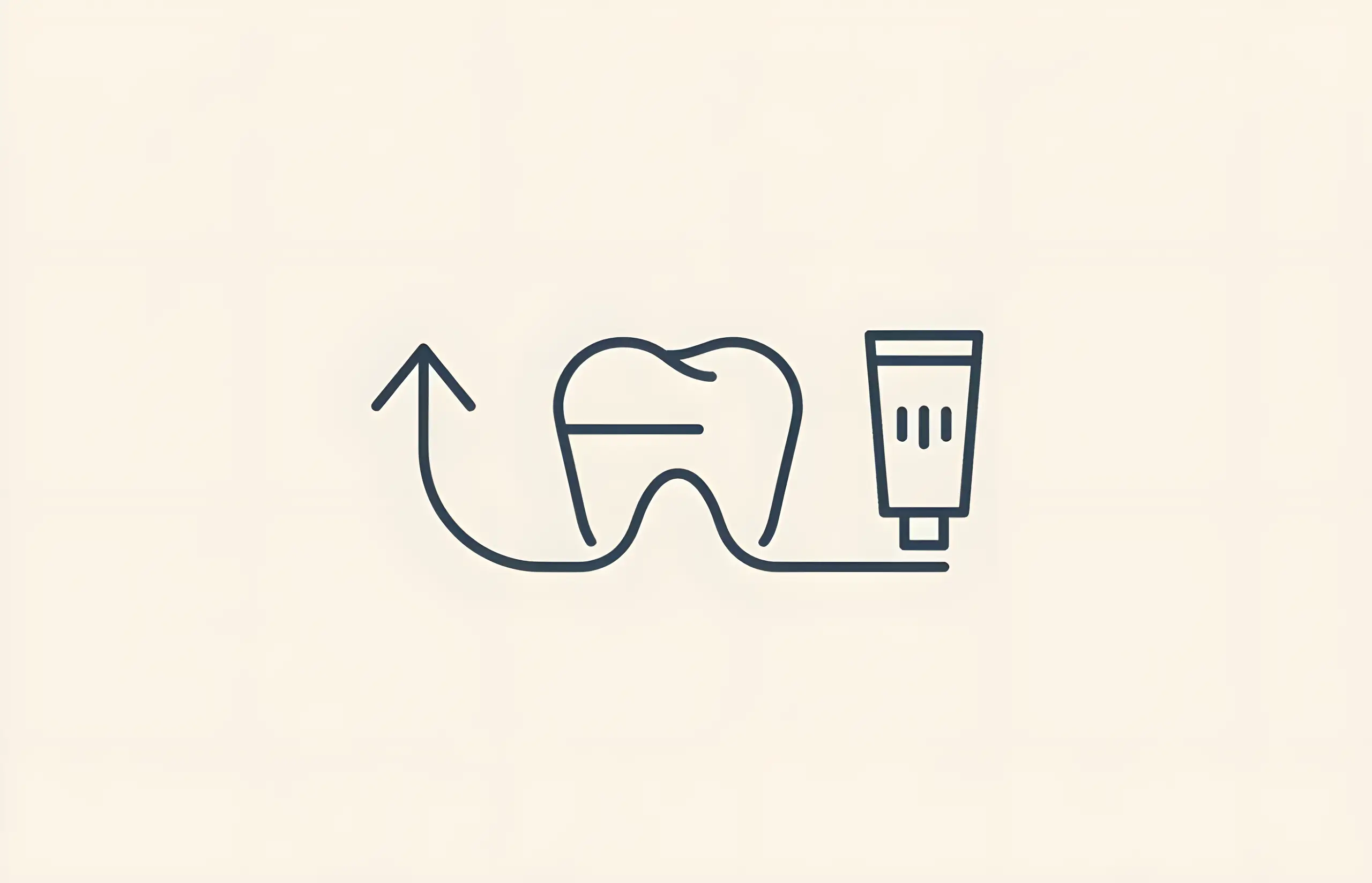
Choosing the Best Toothpaste for Veneers
Comprehensive guide to selecting toothpaste for veneers, understanding RDA values, avoiding abrasive ingredients, surface roughness concerns, and proper oral care techniques

Can Temporary Veneers Cause Pain?
Complete guide to temporary veneers including why they may cause discomfort, the procedure involved, preventive measures, and what to eat while wearing them

Can You Whiten Veneers?
Comprehensive guide to veneer whitening, why porcelain veneers resist bleaching, stain removal options, color matching strategies, and maintenance tips

A Guide to Composite Resin Veneers
Comprehensive information about composite resin veneers, including their uses, procedure, longevity, and how they compare to porcelain veneers

Should You Get Crowns or Veneers for Your Front Teeth?
Comprehensive guide comparing dental crowns and veneers for front teeth, including materials, uses, preparation requirements, longevity, and cost considerations
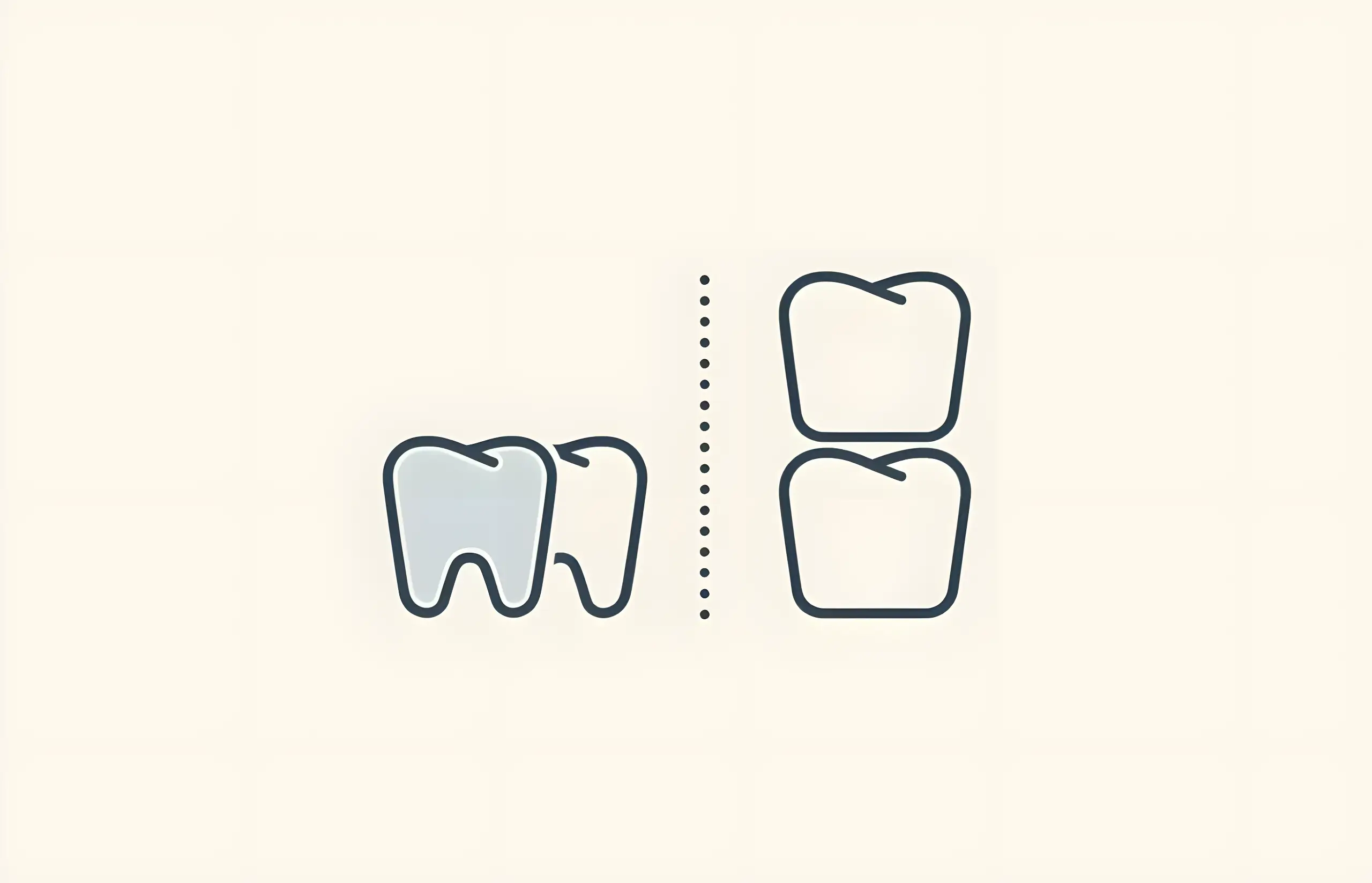
Dental Veneers – Before and After Pictures
Comprehensive guide to dental veneers transformation results, patient satisfaction rates, aesthetic outcomes, smile makeover success, and clinical evidence from before and after studies
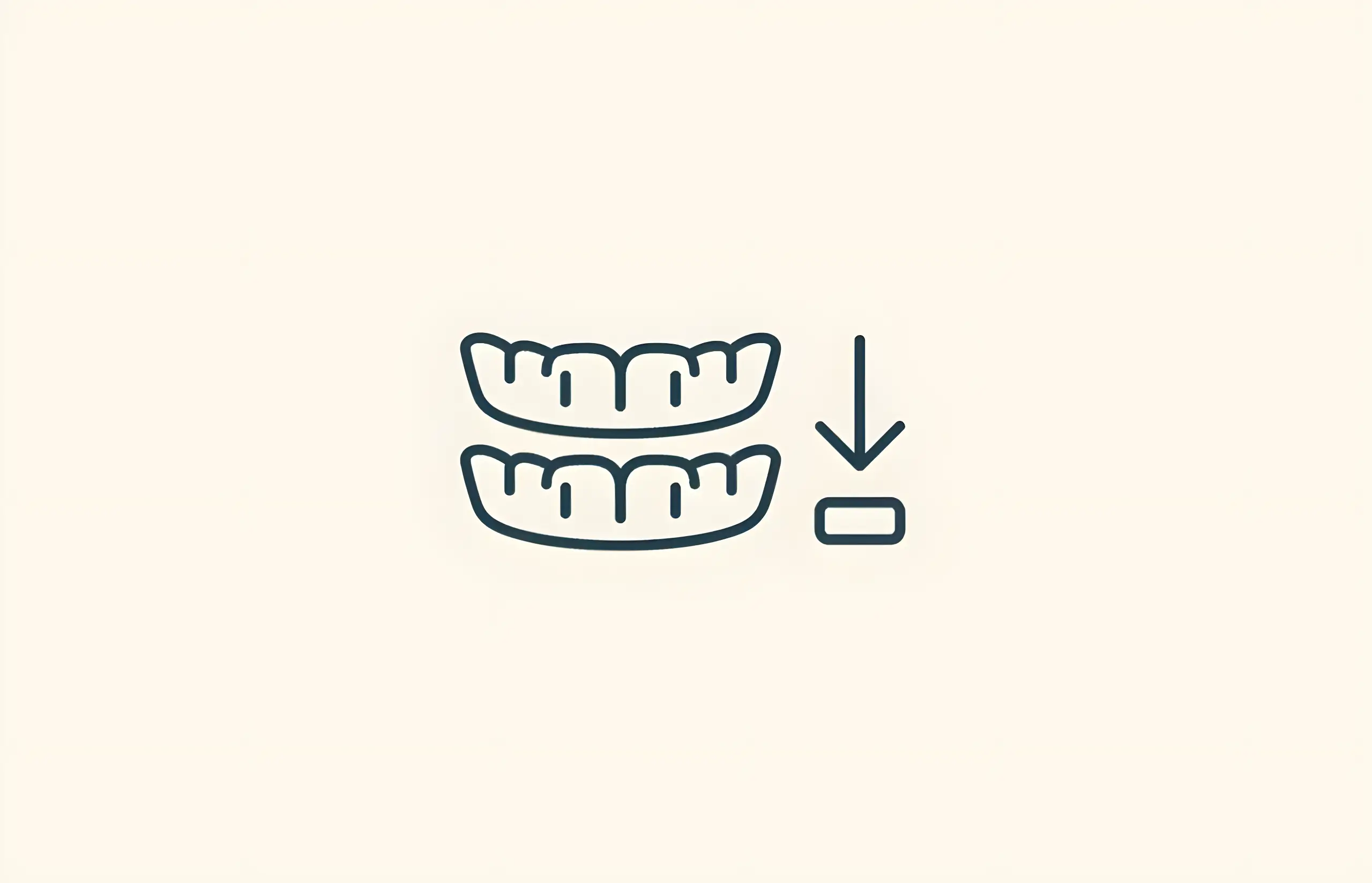
Do It Yourself Veneers – Removable Veneers For Your Teeth
Comprehensive guide to DIY removable veneers (snap-on, clip-on veneers) including costs, risks, user satisfaction rates, safety concerns, and comparison with permanent dental veneers

Do Temporary Veneers Look Bad?
Complete guide to temporary veneer appearance, materials (PMMA, bis-acryl), aesthetic outcomes, patient satisfaction, complications, and what to expect during the provisional phase

Eating With Veneers
Complete guide to dietary considerations with veneers including foods to avoid, staining resistance (coffee most problematic), fracture risk, care tips, and maintaining your investment

Instant Veneers – Costs and Information
Complete guide to instant veneers including prefabricated composite veneers, how they work, costs, and comparison with traditional porcelain veneers
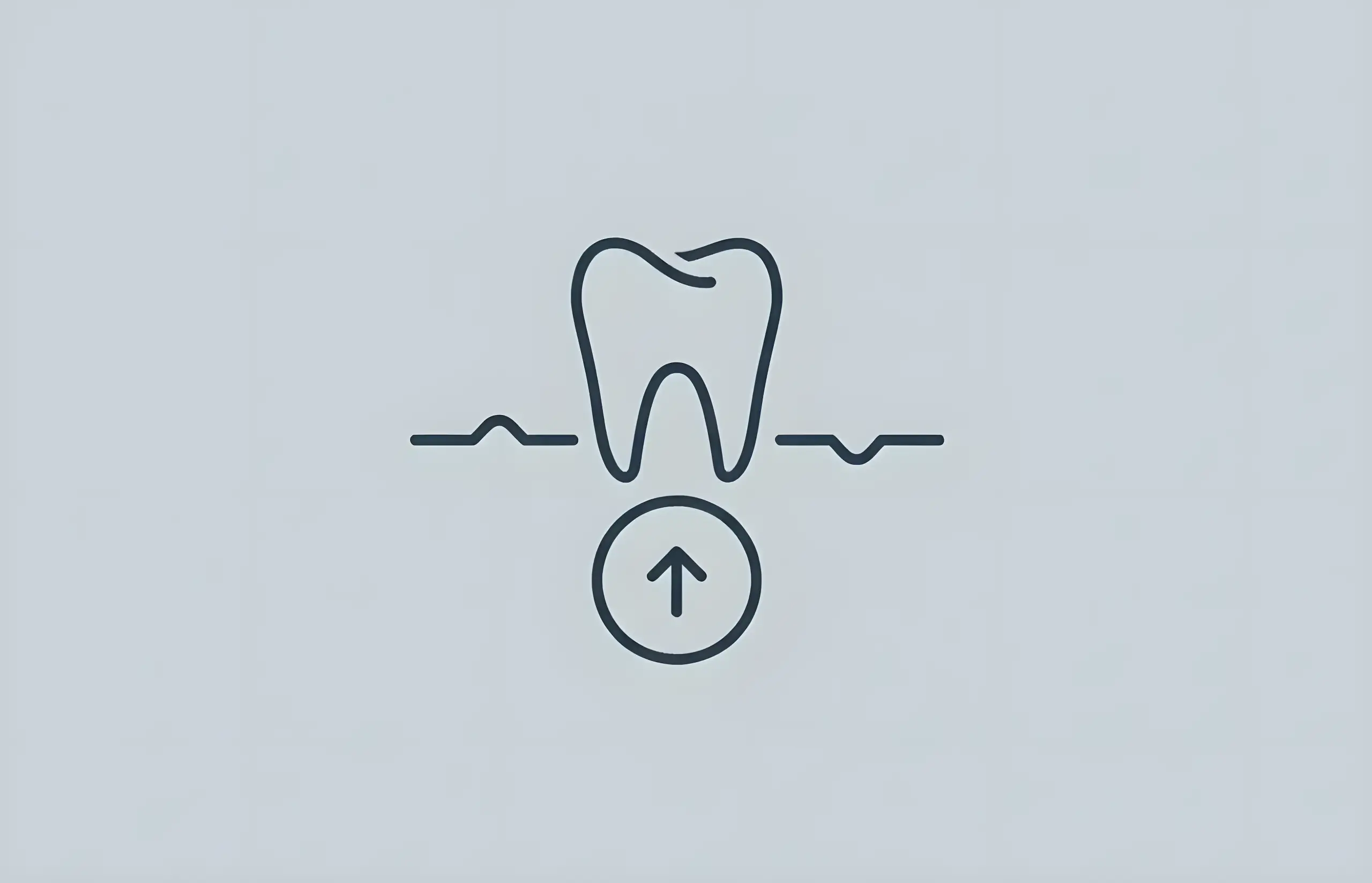
How Much do Lumineers for Teeth Cost?
Comprehensive guide to Lumineers costs including pricing factors, no-prep procedure advantages, Lumineers vs traditional veneers, treatment process, longevity, and cost-saving options
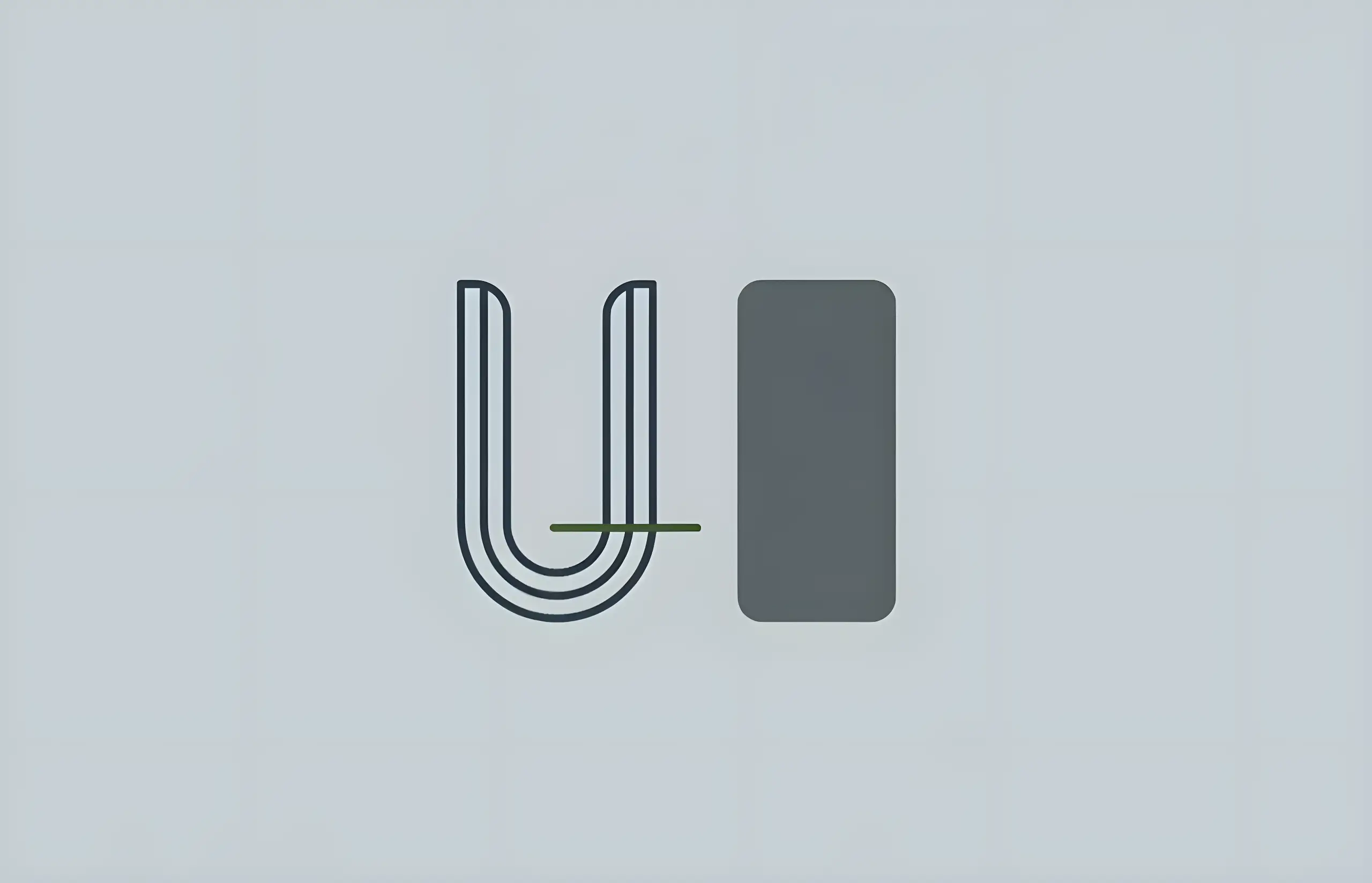
Lumineers vs Porcelain Veneers
Comprehensive comparison of Lumineers and traditional porcelain veneers, including differences, costs, longevity, and which option is best for your smile

No Prep Veneers – Costs and Information
Complete guide to no-prep veneers including Lumineers and Vivaneers, covering costs, benefits, who can have them, and how they compare to traditional veneers

Press On Veneers – Costs and Information
Learn about snap-on veneers including costs, how they work, longevity, care instructions, and whether they're a worthwhile alternative to permanent veneers
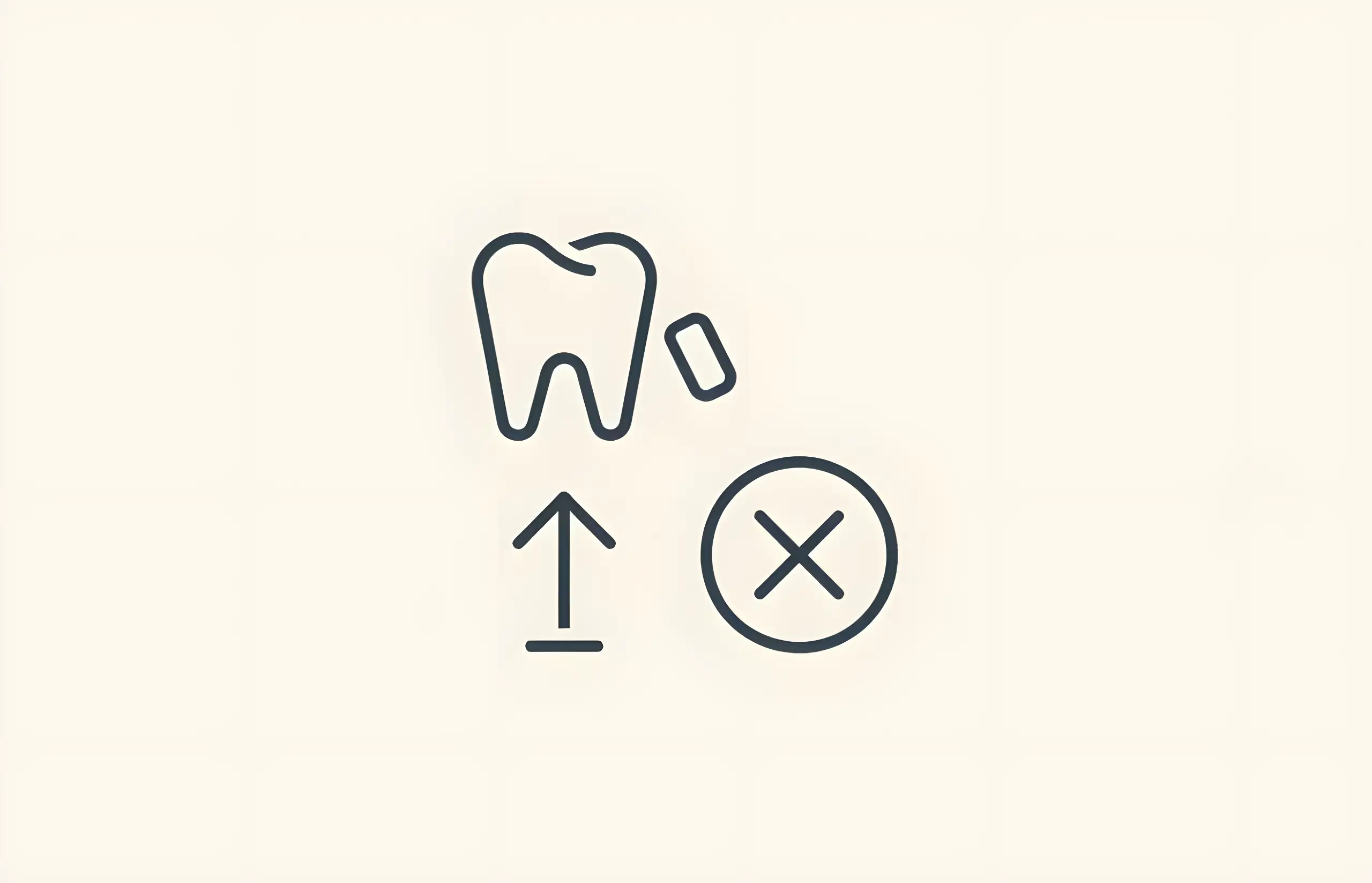
What To Do If Your Temporary Veneers Are Falling Off
Essential guide to protecting temporary veneers: what they are, foods to avoid, and when to see a dentist if they become loose or fall off

Can You Put Veneers Over Crowns?
Comprehensive guide to placing veneers over crowns, why it's generally not recommended, bonding challenges, crown survival rates, and alternative treatment options

What Can't You Eat with Veneers?
Learn about dietary restrictions for veneers including foods to avoid with temporary and permanent veneers, staining risks, and tips for protecting your investment
About The Dental Guide
The Dental Guide is a trusted online resource providing evidence-based information about dental health, treatments, and procedures. Our content is created and reviewed by qualified dental professionals to help you make informed decisions about your oral health.
Our Mission
- Evidence-based dental information
- Expert-reviewed content
- Clear, accessible explanations
- Latest treatment options
- Patient-focused guidance
Editorial Standards
- GDC-registered dental professionals
- Peer-reviewed sources
- Regular content updates
- Medical accuracy verification
- Transparent authorship
Important Notice
The information on The Dental Guide is for educational purposes only and should not replace professional dental advice. Always consult with a qualified dentist for diagnosis and treatment recommendations tailored to your individual needs and circumstances.
Medically Reviewed
Reviewed by Dr. Nasim Mechoui , BDS (Bristol)
Share this article
Comments & Discussion
Have questions about dental implants? Share your thoughts or experiences.
